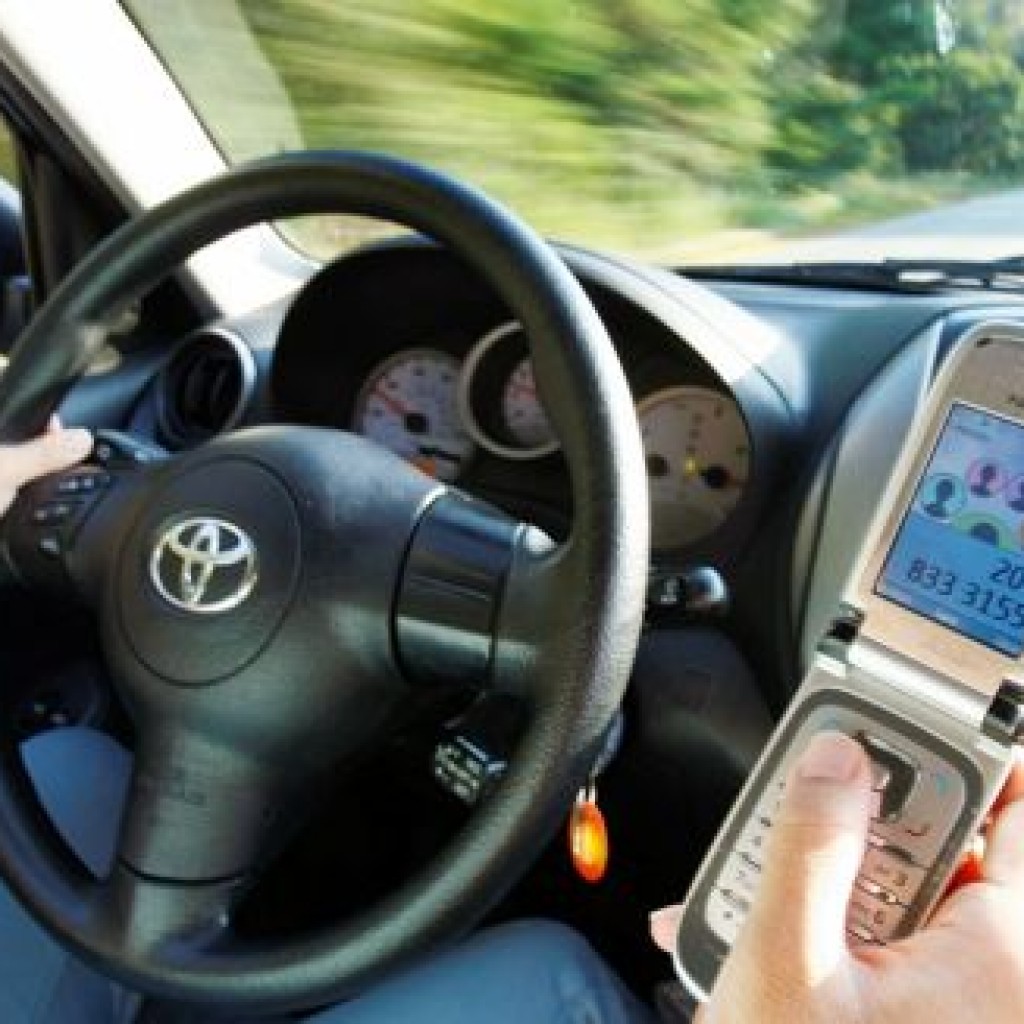
Distracted driving is as old as driving. A Tin Lizzie could turn deathtrap in an instant if the driver shifted his peripheral vision from the road ahead to the map on his lap or the pal in the passenger seat.
In 1930, Motorola founders Paul and Joseph Galvin and William Lear of Learjet fame, developed the first automobile dashboard radio. By the end of the decade, safety advocates armed with persuasive accident statistics were demanding that radios be banished to nonmobile venues.
They got nowhere. Music has always been “the food of life,” and the driving public deemed the occasional traffic fatality a fair price to pay for the joyful release of singing with Sinatra on your way to work, or harmonizing with your homies on the way to school.
For many decades, we all played radio roulette with pretty much the same preset buttons. Now, there are so many ways to be audio-visually distracted that researchers rank them on a five-category scale like the one used at the National Hurricane Center.
Talking while driving on a hand-held cellphone is a Category 2. In the days before texting supplanted talking, hand-held cellphones
killed a lot of people, and talking on them while driving was eventually banned in 14 states and the District of Columbia.
Category 3 covers the ramped-up risk of sending voice-activated texts on a system that’s 100 percent error-free. According to the AAA Foundation for Traffic Safety, “Potentially unsafe mental distractions can persist for as long as 27 seconds after dialing, changing music or sending a text using voice commands.”
Good luck finding a 100 percent error free system.
Category 5 happens in carefully controlled laboratory settings, where test subjects are deliberately “overloaded” in order to facilitate research designed to advance science and save lives. Category 4 is for real world idiots who update their social media while driving.
It Can Wait used to conjure up images of abstinence campaigns that sixth graders make fun of. Now, it’s a multiplatform, multimillion dollar effort to wheedle, cajole, shame and terrorize us into remembering that a car is 3,000 pounds of lethal weapon.
It Can Wait has produced potent works of advocacy art, but it’s no match for the siren song of Siri.
Florence Beth Snyder is a Tallahassee-based lawyer and consultant.
For more state and national commentary visit Context Florida.



